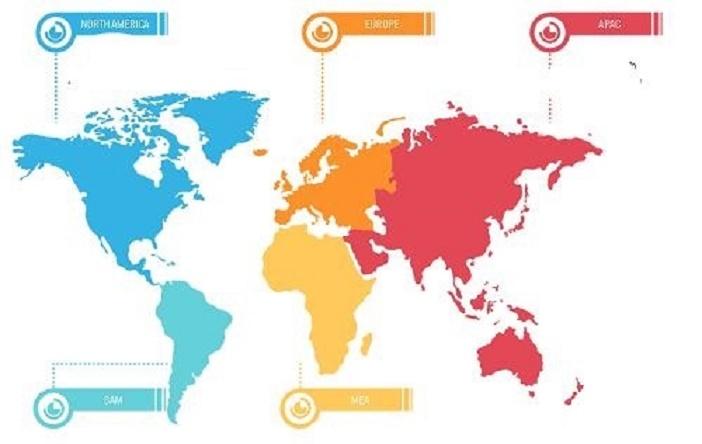In today’s dynamic business landscape, managing resources, assets, and operations efficiently is paramount for success. To achieve this, organizations often turn to robust enterprise solutions like ERP (Enterprise Resource Planning) and CMMS (Computerized Maintenance Management System) software. Two popular options in these categories are ERPNext and openMAINT. In this comprehensive comparison, we’ll delve into the strengths, weaknesses, and key considerations to help you choose the ideal solution for your business.
Understanding ERPNext and openMAINT
ERPNext: A Comprehensive ERP Solution
ERPNext is a versatile, open-source ERP system designed to streamline various business processes. It offers modules for accounting, inventory management, CRM, HR, and more. ERPNext is known for its user-friendly interface and flexibility.
openMAINT: A Dedicated CMMS Solution
openMAINT, on the other hand, is an open-source Computerized Maintenance Management System (CMMS) that focuses on managing facilities, assets, and maintenance operations. It is tailored for organizations that need precise control over maintenance processes.
Key Factors for Comparison
When evaluating ERPNext and openMAINT, consider the following factors to determine which solution aligns better with your business needs:
1. Business Focus
ERPNext:
-
Broad Business Scope: ERPNext offers a wide range of modules covering various aspects of business operations, making it suitable for organizations with diverse needs.
-
Enterprise-Wide Integration: It supports integration across multiple departments, providing a holistic view of your business.
openMAINT:
-
Asset-Centric Focus: openMAINT is specifically designed for asset and facility management, making it an ideal choice for organizations heavily invested in maintenance and facility management.
2. Usability and Learning Curve
ERPNext:
-
User-Friendly Interface: ERPNext is known for its intuitive and user-friendly interface, making it accessible to users with varying levels of technical expertise.
-
Shorter Learning Curve: Employees can quickly adapt to ERPNext’s interface, reducing training time.
openMAINT:
-
Asset Management Expertise: openMAINT excels in asset and maintenance management but may have a steeper learning curve for users not familiar with CMMS systems.
3. Customization and Flexibility
ERPNext:
-
High Customization: ERPNext allows extensive customization to adapt to specific business requirements.
-
Business Process Automation: It offers workflow automation to streamline processes.
openMAINT:
-
Customizable: openMAINT can be customized to suit your maintenance workflows, but it may not be as versatile for broader business processes.
4. Deployment Options
ERPNext:
-
On-Premises and Cloud: ERPNext offers both on-premises and cloud deployment options, providing flexibility in choosing your hosting environment.
openMAINT:
-
On-Premises: openMAINT primarily focuses on on-premises deployments, which can give you more control over your data.
5. Cost Considerations
ERPNext:
-
Pricing Structure: ERPNext offers a free, open-source version, but there are also paid plans with additional features and support.
openMAINT:
-
Open Source: openMAINT is open-source, which means you have access to the core software for free, but you may incur costs for customization and support.
6. Integration Capabilities
ERPNext:
-
Third-Party Integrations: ERPNext provides integration capabilities with various third-party applications and services.
openMAINT:
-
Asset Integration: openMAINT can integrate with IoT sensors and other asset management solutions for enhanced tracking.
7. Support and Community
ERPNext:
-
Active Community: ERPNext has a large and active user community, providing access to forums, documentation, and community-driven support.
openMAINT:
-
Smaller Community: openMAINT has a smaller user base and community in comparison to ERPNext.
8. Reporting and Analytics
ERPNext:
-
Advanced Reporting: ERPNext offers robust reporting and analytics features for business intelligence.
openMAINT:
-
Maintenance-Centric Reporting: openMAINT focuses on maintenance-related reporting and analytics.
Conclusion: Making Your Choice
Choosing between ERPNext and openMAINT ultimately depends on your organization’s specific needs and priorities. Here’s a simplified guideline:
-
Choose ERPNext If:
-
You require a comprehensive ERP system that covers various aspects of your business operations.
-
You value a user-friendly interface with a shorter learning curve.
-
Customization and workflow automation are essential for your business processes.
-
-
Choose openMAINT If:
-
Asset and facility management are your primary concerns.
-
You need precise control over maintenance processes and asset tracking.
-
You prefer on-premises deployment for data control.
-
Both ERPNext and openMAINT are powerful solutions in their respective domains. Evaluate your organization’s requirements, long-term goals, and budget constraints to make an informed decision. Whichever solution you choose, effective implementation and ongoing support are crucial for maximizing the benefits of your selected software.




